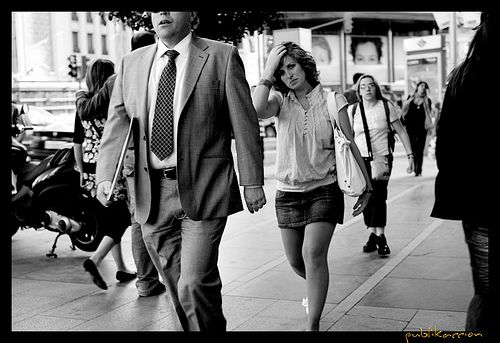If you thought street photography has already permeated social media forums and taken the world by storm, you’d be surprised by how much bigger it would get in the next 10 years.
More and more people are getting interested in this controversial-yet-alluring branch of photography.
And given how we live in the smartphone era, where our phones double up as powerful camera itself, anyone who clicks a random black and white image of a deserted street have started calling themselves street photographers.
Not to undermine anyone’s work but if you want to stay ahead of the herd – join the likes of Eric Kim, Thomas Leuthard, and Lee Jeffries – you need to use tricks and tips to better your click.
Before we delve into that, one important thing to keep in mind is that to upgrade your work, study the works of legendary street photographers. Read up on what techniques they use, their thought process, what tips they offer, and in general what’s their perspective about street photography on the whole.
You should definitely maintain your individualistic style but learning through emulating is a great way to understand the nuances of street photography and create stunning clicks.
Here are 13 tips that will transcend your street photos to another level:
- Choosing the right gear
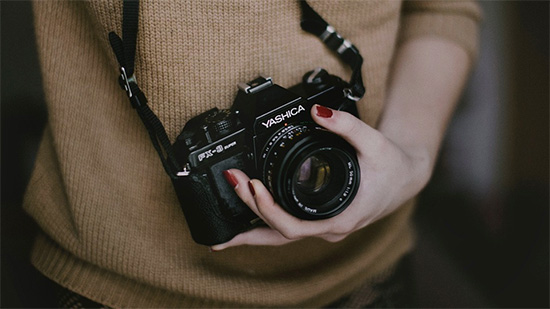
Street photography – when done the professional way – goes beyond just a random click later enhanced. The right equipment is of paramount importance in getting some mean shots. And, no you don’t have to shell a fortune either.There are gears under $1000 like Fujifilm X100T, which British photographer, Matt Hart swears by. This is a good option if you, like Matt, want to shoot candid. But if you want to get ‘in the face’ shots like William Klein, a bunch of wide-angled lens is indispensible for you then.
Still not sure of the type of gear you should invest in? Here’s 95+ video tutorials and tips on choosing the right gear and more for street photography.
- Lose the fear

Street photography is dicey territory, not only is there an ever-raging debate on the ethics in street photography, most photographer find it nerve-wracking to shoot portrait.Capturing another human being could get tricky because you don’t know how they’d react. Will they pose, smirk, give you the quizzical look or march up to you and break your teeth?
Most times, things don’t get that bad.
Even if it does, you can always delete the shot. The hip and zone position, where you place the camera right below the neck and shoot doesn’t look that direct so that works for beginners, or you can pretend to be a tourist clicking an attraction instead.
But, if you want to be a pro you have to lose your inhibitions of street photography, because a moment of hesitation could become a lost opportunity forever.
- Approaching people without fear
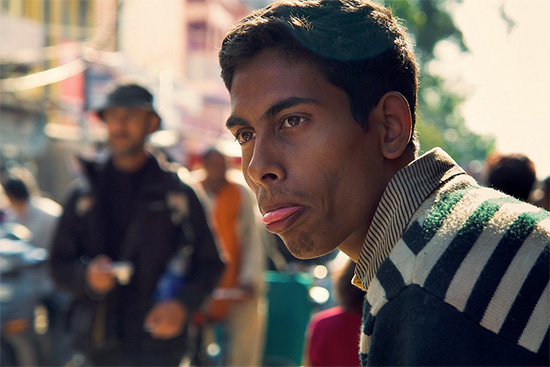
When clicking portraiture, you have the option of going candid or asking for permission, and both of which requires massive balls.Assess the situation, would this person concede or should you go candid. Another point to keep in mind is are you exploiting their space? Would clicking a picture in a certain position be objectionable? The question of ethics raises its head. And without delving into the deep, use your sense of right and wrong.
If you feel guilty, even perverted at clicking street photography, read up on this guide by Thomas Leuthrad on how to stop hesitating and start clicking without any guilt.
The street photography world is divided in its opinions and approach, but if you want to know what works for the pros like Laura Pannack, Bryan Formhals and the likes, here’s a street collective that you can learn a lot from.
- Getting up close and personal
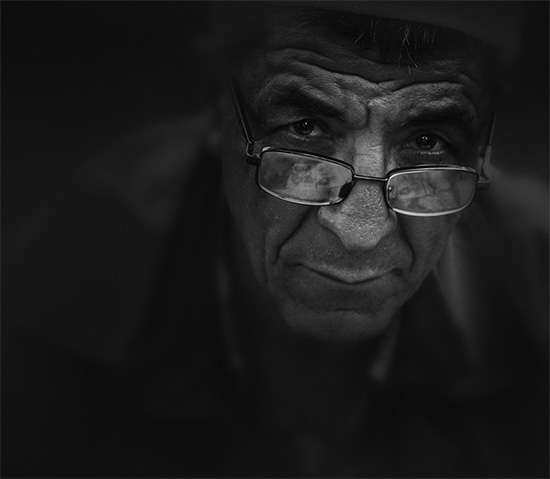
If you were just coming to terms with losing your fear of street photography, getting a close up shot would still sound overwhelming. But let’s face it, some of the best street portraiture worthy of beings passed as art were taken up close and personal.In fact, most street photographers recommend this approach. Ed Walker chooses to take close-up shots of subjects with the focus set on fashion. Thomas Leuthard waits for an eye contact (yep, read that right) before clicking. And we all know how their pictures turn out.
- Focus on the face
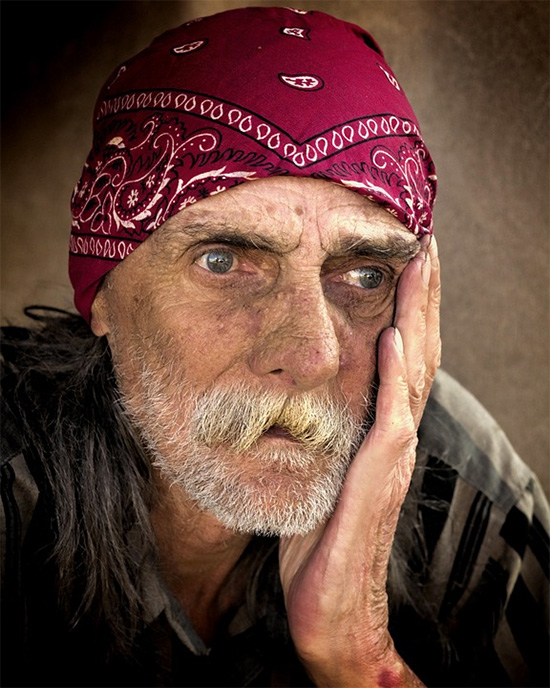
An integral part of a good street portraiture is the expression on your subject’s face. Focusing on the face could be a little daunting, especially if you’re new to street photography. You could go for subtle candid clicks if you break out in a cold sweat. Or you can brave the storm and just do it.Every face tells a story, and you need to focus on it to able to read it and show it to the world. Some people look entirely different when caught unawares, and photographers argue on it being their real side. Like Ellen Von Unwerth said:
“I like to photograph anyone before they know what their best angles are”
Focusing on the face and getting it right does take some getting used to, but here’s a quick guide on how to focus on faces even if you’re a novice.
And while we are on the subject of focus, most photographers realize that autofocus don’t fetch them crisp sharp images so they almost always switch to manual focus.
But what about lenses?
With each having its own temperament and individuality, calibrating them is important so that you don’t waste too much time adjusting everything. A calibration tool like the Focus Pyramid is a must-have tool for anyone even remotely serious about photography.
- Highlight the cultural aspect
Cityscapes give a stunning perception of the soul of a city, and by default its culture. If you’re in a new place, highlight the culture aspect, what is it particular to them, the city’s identity, its features.

Image courtesy Graeme Williams
Aerial shots are great at capturing the culture, but it isn’t limited to just aerial maneuvering. Shoot by-lanes, local graffiti, people in the backdrop of anything culture-spelling. - Let’s talk about the elephant in the room (Ethics)
Let’s get to it – is it right or is it wrong? There’s no definite answer, sorry to break it to you.
The consensus agrees in favor of street street photography being an art form, thus negating the talk of ethics on the whole.
There are certain caveats of course, shooting children should be accompanied by permission from the parent or guardian if they are nearby, anything that might be objectionable by the subject should be refrained from, and if a picture is clicked with the intention of maligning the subject in any way, it’s unethical.
- Manipulating natural lighting

“Wherever there is light, one can photograph” – Alfred Stieglitz
Natural light is both a boon and a bane for your pictures. Sometimes, you end up with riveting shots that transcend your pictures to the next level altogether, but mostly you end up with botched images that look way different than what you imagined.
But in street photography specially, lighting is the most important factor since you do not have a set stage with lighting and other props. As a street photographer, you have to manipulate natural lighting because that’s your only option.
One thing to consider when working with natural lighting isn’t just the strength depending on the time of the day, but also the angel as it determines the final shot. Learn more about the 8 type of lighting that can revamp your clicks in this free e-book by Anne McKinnel.
- Black and white is eternal
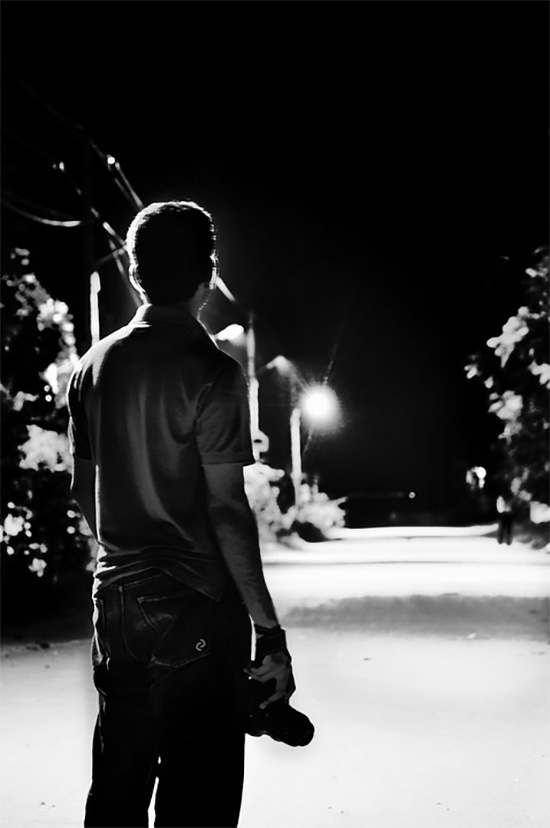
Black and white clicks have become synonymous with street photography. It does indeed add a depth to the picture, bringing out its inherent intensity.Some photographers click colored images and then de-saturate, or they simply shoot in B/W mode. But the problem is, to find your own unique voice sometimes you have to recreate black and white to make it stand out. Here’s a free e-book centered on clicking black and white street photos with your own flair.
- Concentrate on the contrast

Playing around with the contrast will change the face of your clicks, especially if you are not too happy with your shot. The post-processing stage is when you get the ball rolling and create marked enhancement to your images.Some photographers find working with contrast a little shaky, they fear they might not do justice to it completely or overdo it. One guaranteed way to get it right is by using pre-created actions like Contrastly, which is a set of pre-done-up steps focusing primarily on contrast.
- Sharpness is equally important

While contrast is one side of the coin, the other is sharpness. Most expert street photographers swear by this, you have to get this right for a crisp solid image that shines through.
More than half the work is done if you get the aperture and focus settings right. Here’s a guide on how to ace sharpness through superior camera settings.
Another way to make your pictures clearer is by adjusting the sharpness in the processing stage in Photoshop.
- Be obsessed with the details
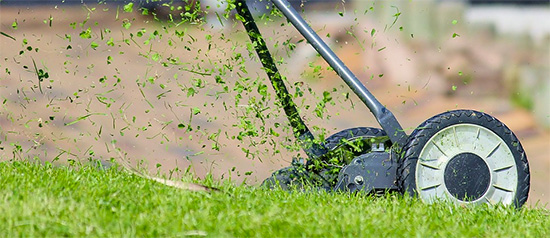
It’s often the details that make a picture stand out against its peers. Sometime a peeping eye, a blurred car in the background, every details tells a story.
You have to be the judge and gauge which of these needs to be highlighted, which muted, which should you sharpen and which soften. There are plugins too that can do the work in just a few clicks.
- Share your work

A fantastic click needs to be shared. Amass a good social media following and show off your best work, that’s how some of the best street photographers of our times started off.
Not sure how to rule social media? This e-book teaches you everything you need to know about being a famous street photographer on Instagram, Facebook, Twitter and every other social network.
These tips are the backbone of how to turn street photography into works of art, but the soul lies in you. If you’re having fun doing it, it would come out that way. Enjoy your work and it would show through it.
 CoalesceIdeas Web and graphic design ideas for inspiration
CoalesceIdeas Web and graphic design ideas for inspiration
